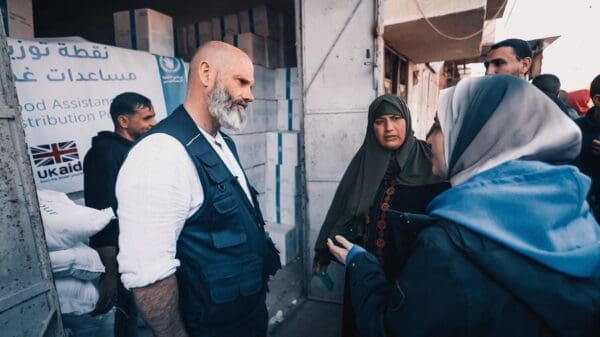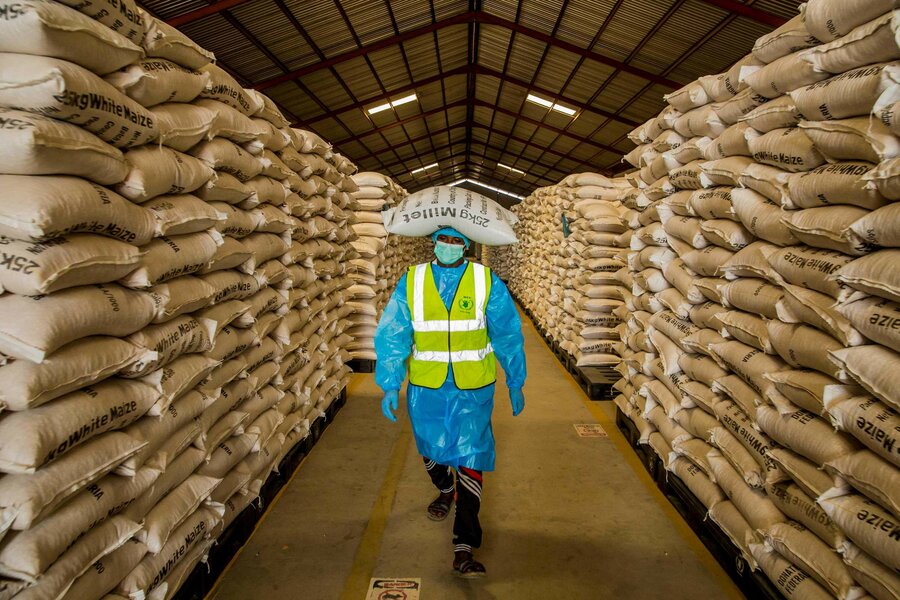
How WFP Builds Food Security and Feeds the Hungry — One Sack at a Time
Ahead of World Food Day this weekend, take a glimpse into how the United Nations World Food Programme (WFP) buys food for over 100 million people.
Despite the challenges posed by COVID-19, the U.N. World Food Programme is currently feeding up to 120 million people in some of the hardest-to-reach, most insecure locations in the world. Read on to see what it takes to produce and move food into the hands of the hungry.

A warehouse in Kano, one of three urban hubs in Nigeria where the U.N. World Food Programme launched cash and food assistance programs in the response to the COVID-19 pandemic.
1. First, We Make a Shopping List
The U.N. World Food Programme figures out how many people it needs to assist in a given country. From there, the agency works out how best to help them and tailors a specific plan. It’s a bit like your weekly shopping but on a much bigger scale.
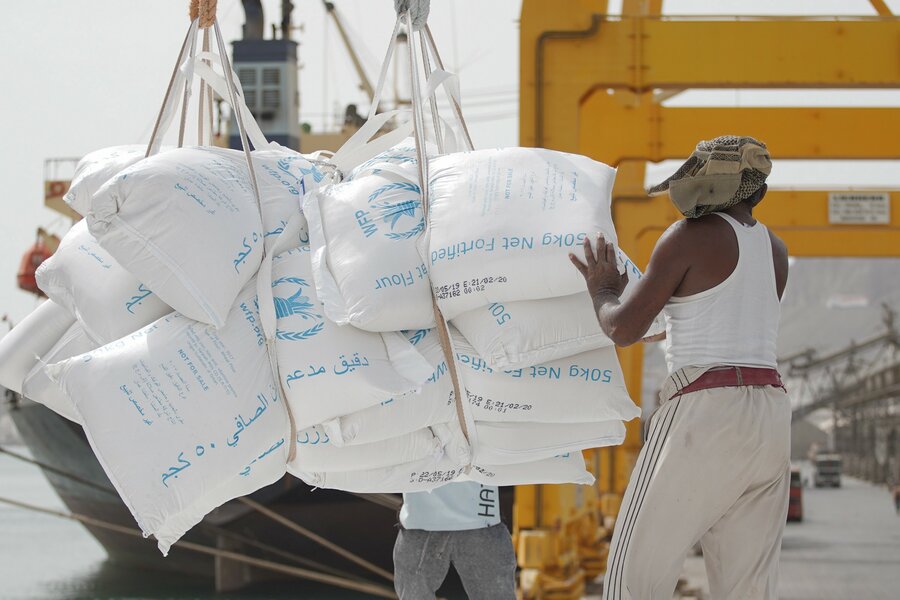
The U.N. World Food Programme’s food basket contains some standard items such as cereals, beans, vegetable oil, salt and sugar, but also offer specialized nutritious foods for specific groups like children and pregnant women.
2. Planning Ahead
A planning process is underway in every country that the U.N. World Food Programme provides food assistance in, with plans drawn up for months ahead. From there, the U.N. World Food Programme’s Procurement and Logistics staff can begin to plan how to buy and deliver the food needed.
3. Where to Buy
Food prices vary every day, so the U.N. World Food Programme needs to keep abreast of what’s happening in markets around the world to make the best decision using the most up-to-date information. The U.N. World Food Programme buys different commodities in over 80 countries from local, regional or international markets.
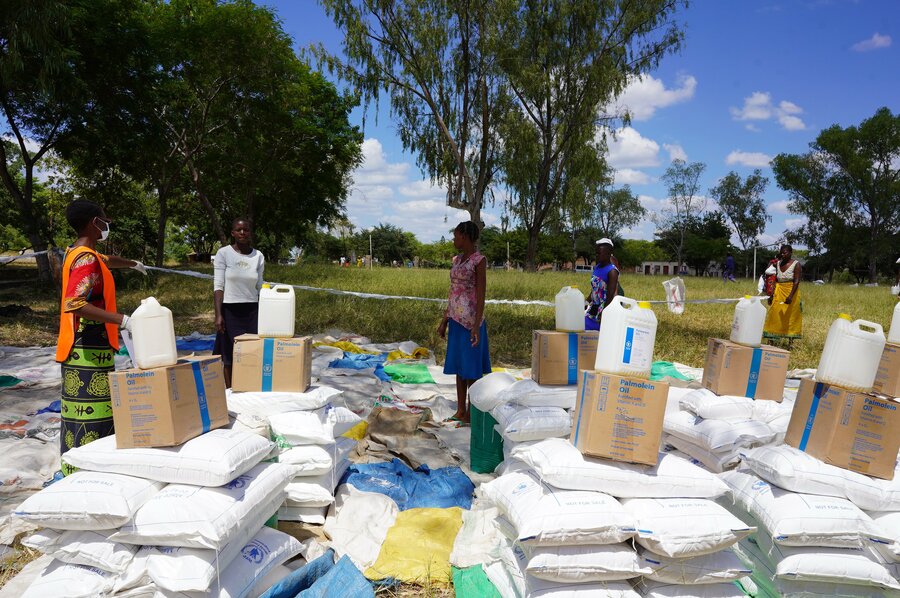
In most cases, the U.N. World Food Programme will decide on the lowest price, including transport costs and delivery, to a country within a specified period.
4. Let the Bidding Begin
The U.N. World Food Programme procures most of its required food through competitive bidding. Each commodity has a supplier roster with dozens of vetted vendors. For each purchase, the U.N. World Food Programme contacts suppliers on the list asking for quotations and evaluates offers.
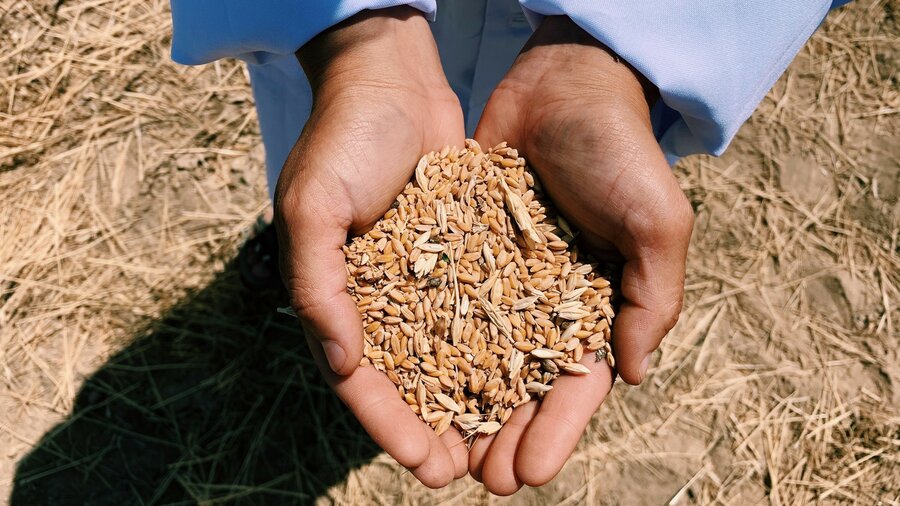
To make the process more efficient and cost-effective, the U.N. World Food Programme often looks at the forecasted needs for a particular commodity across its country offices and makes an offer for the combined amount.
5. Make Your Best Offer
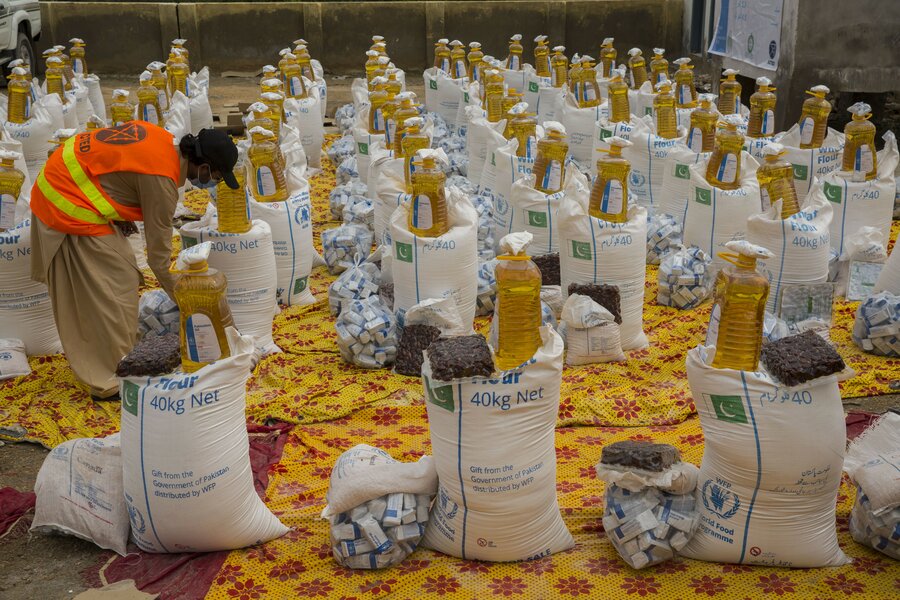
“When we buy rice locally, we use a paper that needs to be printed and signed, which is then sent by helicopter to small-scale farmers,” says Roberta Caccioppola, a Procurement Officer from Haiti. “They then submit their offers in a wooden box that is then brought back to the country office.” This used to be common practice across all of the U.N. World Food Programme’s operations but technology has made the process faster and more transparent.
Today, the U.N. World Food Programme uses online systems, from global price comparisons to proposal platforms, to buy food more efficiently than ever before. After offers are received, it gets simpler. It’s like picking between different brands of a product when you shop yourself. A contract is awarded to the bidder offering the lowest price for the best quality. The supplier then hands the food over to the U.N. World Food Programme for it to begin its journey to people in need.
The theme for this year’s World Food Day is: “Better production, better nutrition, a better environment and a better life.” By sourcing food locally and working hand-in-hand with small-scale farmers, the U.N. World Food Programme builds food security and boosts access to healthy diets every day. To learn more about sustainable food systems, visit our Food Waste & Food Loss hub.
This story originally appeared on WFP’s Stories on October 16, 2020.
